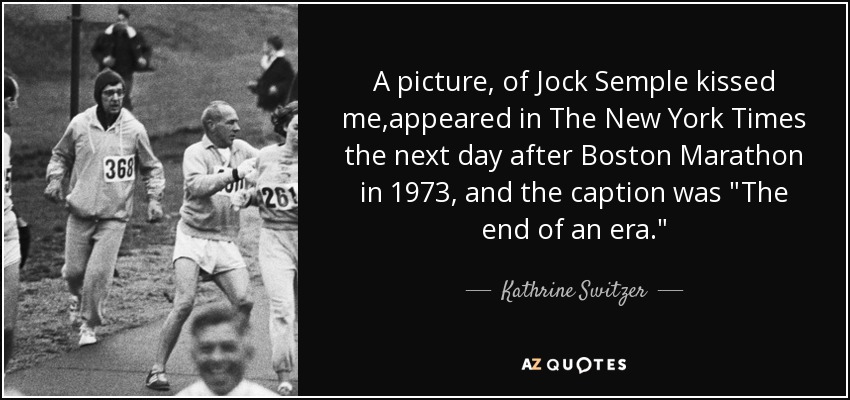

In addition to Lebow, some of running’s biggest names-like Steve Prefontaine, Kathrine Switzer, Frank Shorter, and Joan Benoit Samuelson-appear in a mix of historical footage and present-day interviews about running’s growth and increasing inclusivity. While Free to Run is sweeping in scope, the film largely manages to avoid seeming scattered or unfocused.


The film is part running Who’s Who, part oral history of the sport’s cultural evolution. The movie isn’t aimed at casual runners with a passive interest in the sport-true running junkies will likely find it most satisfying. Director Pierre Morath is a historian, runner, and filmmaker, and it shows in how deftly he weaves seemingly disparate threads from all corners of the sport's history. These include the gradual inclusion of women in competitive distance running the life of New York City Marathon co-founder Fred Lebow the struggle for high-level amateur runners to get paid and the growth of the now-defunct S piridon, a Swiss running magazine and corresponding effort to expand the running movement. in July, ambitiously chronicles the sport's rise to prominence by tackling several major themes. Free to Run, an IFC film that premiered in the U.S. These days, road running has become such a mainstream pursuit with such low barriers to entry that it can be difficult to imagine a time when the running community was considered a niche subculture. “There weren’t many of us,” he says, “and we were considered pretty odd.” The documentary Free to Run opens with running icon George Hirsch standing on a balcony overlooking Central Park, reminiscing about how, in the late 1960s, he could do a full loop around the park and only encounter a handful of other joggers-most of whom he knew personally.


 0 kommentar(er)
0 kommentar(er)
